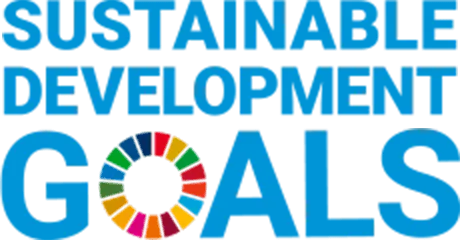Inochi Declaration
Protect everyone’s “Inochi Water” together, for the benefit of all. Let us pass on to the future the traditional systems and infrastructure that skillfully utilize nature’s blessings—rainwater that permeates the soil and flows through rivers and underground channels.
How much water do we actually need each day?
To simply avoid thirst, 2 to 3 liters of drinking water per day is sufficient. However, in Japan, we use between 200 and 300 liters of tap water daily for bathing, flushing toilets, cooking, laundry, washing our faces, and brushing our teeth. This amounts—over a hundred times what we need for survival—enables us to live healthy, cultural lives with dignity and self-respect. Moreover, water is essential not only for our daily lives but also for food production, which in turn sustains life. On average, we consume food that requires 2,000 to 3,000 liters of water per person per day to produce—about one million liters per year.
Given how much water is necessary to nurture and sustain our lives, one might think Japan is rich in water. While the country does receive about twice the global land average in rainfall and snowfall, the availability of water per capita is only half the world average due to high population density within limited land space. Additionally, as an island nation with steep terrain, most rainfall quickly runs off into the sea. In fact, during years of low rainfall, Japan has frequently experienced droughts leading to poor rice harvests and water supply disruptions. In some regions, such situations continued until recently.
The reason we can now enjoy a stable water supply without concern is thanks to infrastructure that has been developed over many years to minimize water-related disasters while maximizing the benefits of water—despite the environmental load this may entail. These include physical structures like reservoirs, dams, canals, weirs, floodgates, pumps, water purification and wastewater treatment plants, levees, and retention basins. These are known as “infrastructure” because they lie beneath our everyday awareness.
In addition to built infrastructure, natural ecosystems such as rivers, groundwater, forests, lakes, and wetlands—and even man-made ecosystems like paddy fields and farmlands—store water, regulate its flow, and purify its quality. Organizations within each community, as well as us who maintain and manage both natural and man-made systems, are integral components of the mechanisms that ensure the steady blessings of water.

Image of “Water Minfra” by SEKI Mihoko
These tangible and intangible systems that support our rich, safe, and healthy lives can be collectively referred to as “Water Infrastructure of All, by All, for All,” or “Minfra” (short for Minna no Infra, meaning “everyone’s infrastructure”).
However, the future of “Water Minfra” faces challenges— aging facilities due to population decline, weakening of community organizations, insufficient revenue from service charges, and new pressures from climate change and social transformation.
In response, the Tokyo Foundation for Policy Research launched the “Future Vision for Sustainable Water Management” program to analyze the current state of water in Japan, formulate long-term visions, and provide policy recommendations for building sustainable communities through water. Although water is a shared natural resource, the stable and safe supply of clean water is made possible only through the “Water Minfra” that communities have cultivated and protected over generations. Expanding awareness of such shared infrastructure—composed of people, organizations, nature, and technology, not only for water but for food, energy, education, healthcare, administration, public safety, and financial systems—will be vital for building a sustainable society.
Guided by this vision, the Inochi Forum will continue to promote the concept of “Water Minfra” worldwide, working toward a future where everyone protects everyone’s “Inochi Water” together.
[References]
・Tokyo Foundation for Policy Research: Water Minfra—A New Strategy for Water-Centered Infrastructure
https://www.tkfd.or.jp/research/detail.php?id=4388
・Oki et al. (2024), “Water infrastructure of all, by all, for all,” Nature Water
https://www.nature.com/articles/s44221-024-00338-y
[Action Platform]
SDGs+Beyond
[SDGs]


